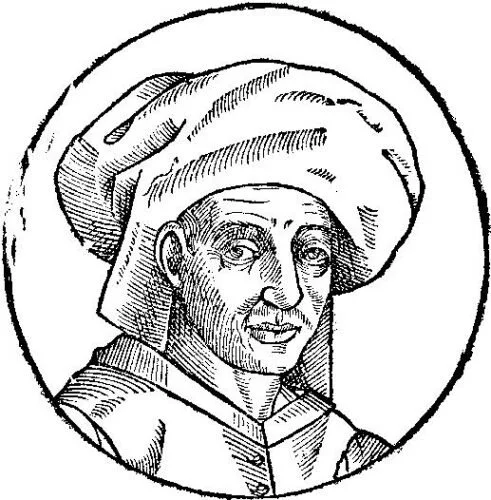Josquin des Prez
Josquin des Prez (born c. 1450, Condé-sur-l’Escaut?, Burgundian Hainaut [France]—died Aug 27, 1521, Condé-sur-l’Escaut) was one of the greatest composers of Renaissance Europe.
Josquin’s early life has been the subject of much scholarly debate, and the first solid evidence of his work comes from a roll of musicians associated with the cathedral in Cambrai in the early 1470s. During the late 1470s and early ’80s, he sang for the courts of René I of Anjou and Duke Galeazzo Maria Sforza of Milan, and from 1486 to about 1494 he performed for the papal chapel. Sometime between then and 1499, when he became choirmaster to Duke Ercole I of Ferrara, he apparently had connections with the Chapel Royal of Louis XII of France and with the Cathedral of Cambrai. In Ferrara he wrote, in honour of his employer, the mass Hercules Dux Ferrariae, and his motet Miserere was composed at the duke’s request. He seems to have left Ferrara on the death of the duke in 1505 and later became provost of the collegiate church of Notre Dame in Condé.
The Mass
Part-Songs
The Motet
The term most commonly refers to the mass of the Roman Catholic church, whose Western traditions used texts in Latin from about the 4th century to 1966, when the use of local languages was mandated. Today sung masses (either a part of a mass service or performed separately in concert) can be sung in their original latin and greek, or translated, and is traditionally broken into 6 movements
Kyrie
Gloria
Credo
Sanctus
Benedictus (Sometimes combined with the Sanctus in Musical arrangements)
Agnus Dei
The Anglican mass, commonly called communion service, contains the same elements but has usually been sung in the English translation from the Book of Common Prayer.
The Lutheran mass consists of the first two elements of the Roman mass, the Kyrie and the Gloria. In modern times other Protestant churches have borrowed freely from musical masses for their own liturgical uses and for special music.
An unaccompanied secular song consisting of two or more voice parts with one part carrying the melody. Part-songs are typically homophonic rather than contrapuntal in style. Most commonly, you’ll see part songs composed for SATB, SSAA, and TTBB ensembles. Later on, we’ll learn about two kinds of Part-Songs from Italy/England and France: the Madrigal and the Chansons!
(French mot: “word”), style of vocal composition that has undergone numerous transformations through many centuries. Typically, it is a sacred choral part-song, sung by an ensemble.
The Motet would later be revolutionized and made famous in a different way by Johann Sebastian Bach in the Baroque Era with his 6 Motets BWV 225–230, which are considered to be some of the most challenging works in the choral repertoire - we hope you get to perform them MANY times in your life!

